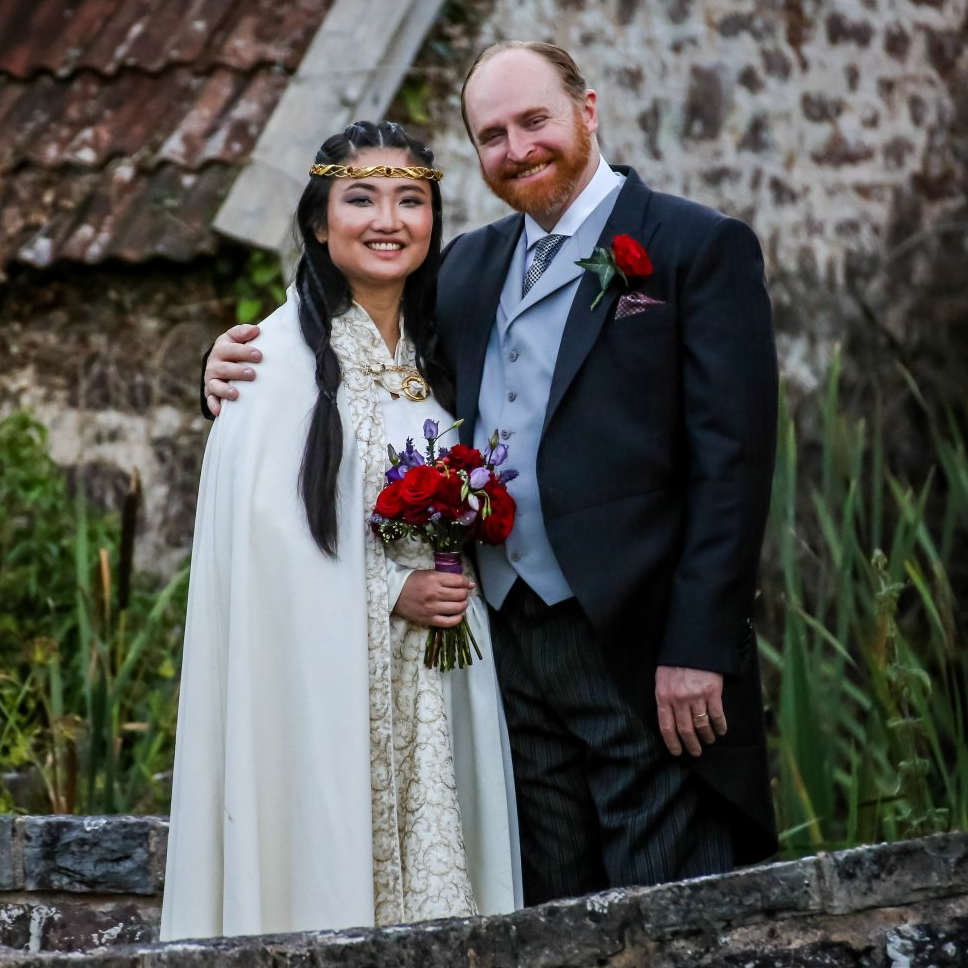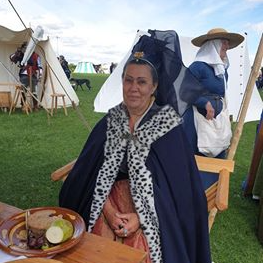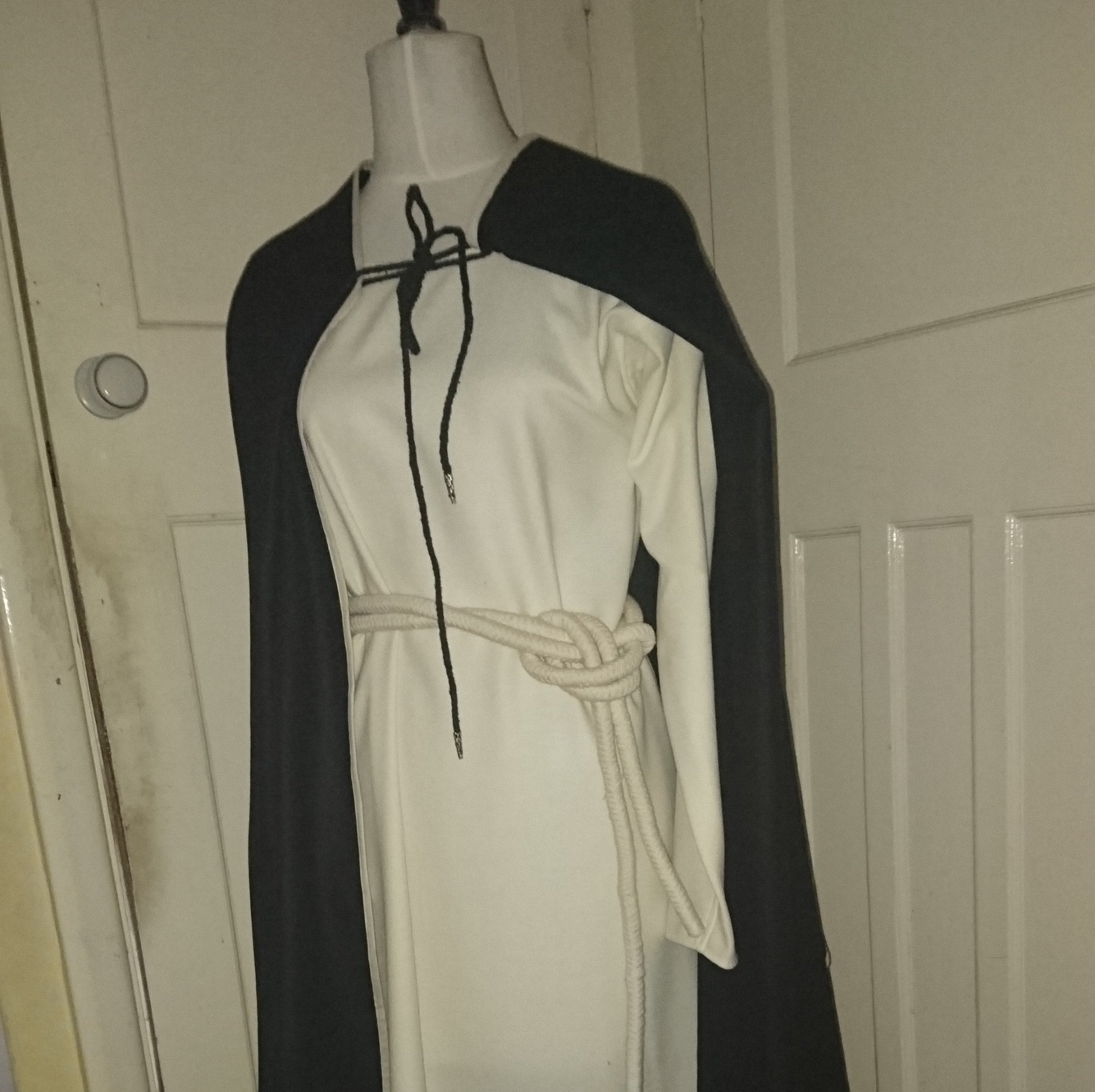Cloaks


Worn by all, the fuller your cloak the more money you had.
The 13th Century saw more integration of furs into the designs and being more akin to the designs we think of today. Giving rise to the idea of fine furs being of more value not just for staving off the cold. Whilst not greatly improved from those seen in earlier periods, the rise in the use of Irish Cloth and the newer dyes which were seen in use in England brought the style of the cloak to the fore.
From your cloak people could also tell your profession. In the 14th century women of the night would be fined if they did not use striped lining in the cloak showing what they were doing. Working cloaks were made of a close weave wool preferably with the lanolin (oils) still on the wool to make it waterproof. If you were going for something a bit fancier cloaks could be in velvet or brocade.
Most cloaks were fastened around the neck by large clasps at the front. Cloak hoods were similar shapes to a hood which was the most common headwear of the time.
Short cloaks can also have the opening on the shoulder instead of the front. They then have catches or buttons, this leaves a opening is easy for you to get your sword through.



